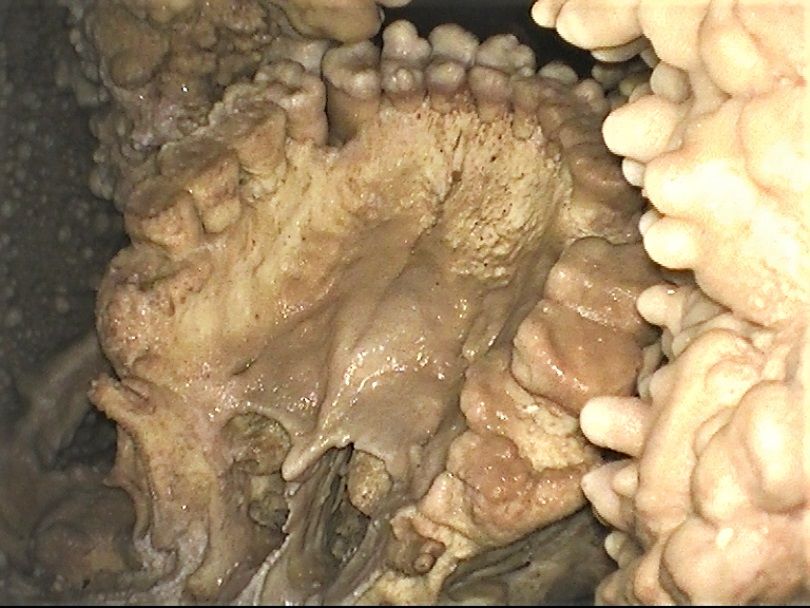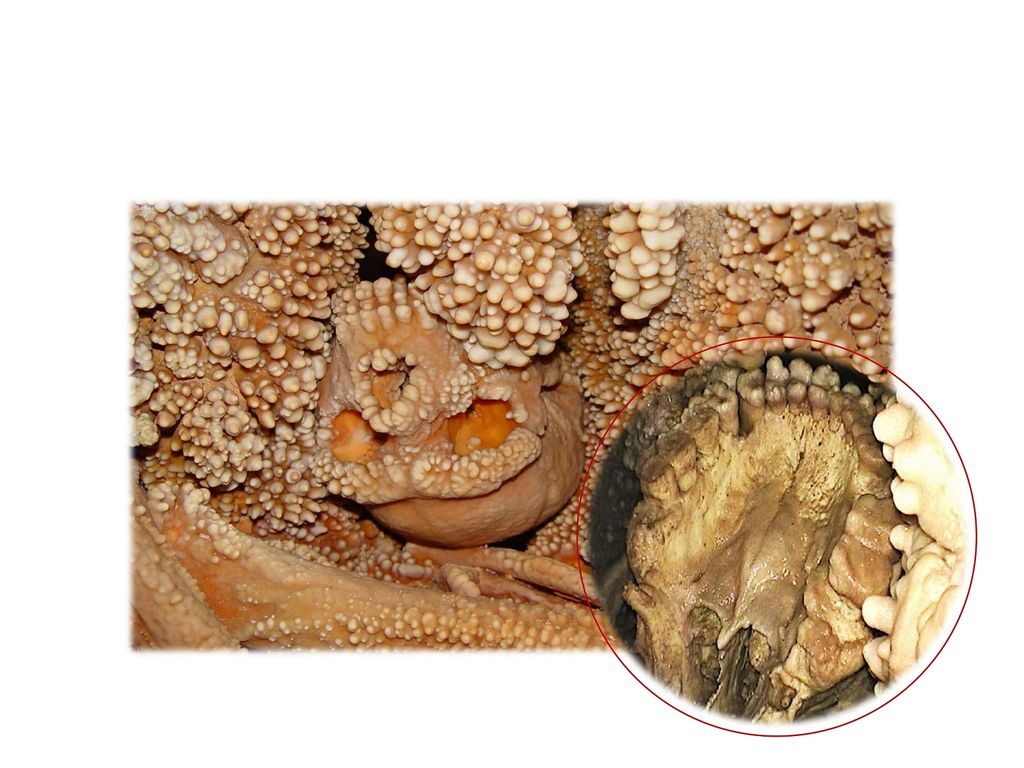
From the teeth of the Man of Altamura new information about Neanderthals
Scientific research once again puts the spotlight on the Man of Altamura, the most complete Neanderthal skeleton ever discovered and one of the oldest, dating back about 150 thousand years.
Found in 1993 in Apulia, Southern Italy, in the depths of the karstic cave of Lamalunga in Alta Murgia, it is still imprisoned several metres deep in the rock, covered with calcareous incrustations that make it difficult to observe. The exceptional find, testimony of a prehistoric man who fell into a natural well where he starved to death is of fundamental importance for researchers. It has been the subject of a research project funded by the Ministry of University and Research (MUR) and authorised by the Archaeological Superintendence, which has enabled a series of scientific investigations conducted in recent years (2017-2020), the results of which are now being published in international journals.
The study just published on PLoS One dealt with the Altamura Neanderthal teeth and its "chewing apparatus" (jaw and mandible). It was a collaboration between the University of Florence, Sapienza University of Rome and the University of Pisa. Jacopo Moggi Cecchi, an anthropologist at the University of Florence, Damiano Marchi of the University of Pisa, and the coordinator of the whole MUR project Giorgio Manzi from the Department of Environmental Biology of Sapienza, were in charge of the operational units and worked under challenging conditions.
The research group carried out a series of observations and surveys on site, descending into the cave. "Thanks to the help of high-resolution videoscopic probes (which we owe to the collaboration of Olympus Europa) − says Jacopo Moggi Cecchi − we were able to observe the characteristics of the teeth and jawbones, obtaining new information on age and health and confirming the presence of typical Neanderthal characters."
"The presence of the third molar (the "wisdom tooth") and the degree of masticatory wear indicate an adult individual, somewhat advanced in years, but not elderly. The man must have had some health problems; the loss of two teeth before death was indeed observed: one had been lost several years earlier, the other in later times – adds Giorgio Manzi. It is one of the rare times that these circumstances are observed in a Neanderthal since in ancient prehistory the incidence of dental problems was very low."
"We have also carried out − explains Damiano Marchi, head of the research group at the University of Pisa, which also includes Professor Giovanni Boschian − an X-ray of the front teeth, using for the first time a KaVo NOMAD Pro 2 portable X-ray machine. In this way, we have identified a lesion in the bone, at the base of an incisor, which could be due to stress not attributable to nutrition." In short, everything suggests that the lifestyle of this man of the middle Paleolithic was already very complex.
New acquisitions on this extraordinary find can be achieved with the publication of other ongoing research. Furthermore, much more is expected with the in-depth study of the find in the laboratory, when the difficult and unusual conditions in which researchers must now operate inside the cave will be overcome, i.e. when it will be possible to extract the bones of this formidable find from the depths of the karst system.
References:
In situ observations on the dentition and oral cavity of the Neanderthal skeleton from Altamura (Italy) – Alessandro Riga, Marco Boggioni, Andrea Papini, Costantino Buzi, Antonio Profico, Fabio Di Vincenzo, Damiano Marchi, Jacopo Moggi-Cecchi, Giorgio Manzi – PLoS One, 2020. DOI https://doi.org/10.1371/journal.pone.0241713
Further Information
Giorgio Manzi
Department of Environmental Biology
giorgio.manzi@uniroma1.it



